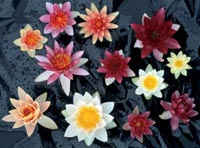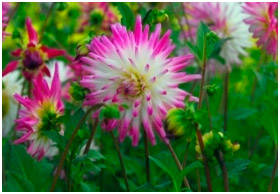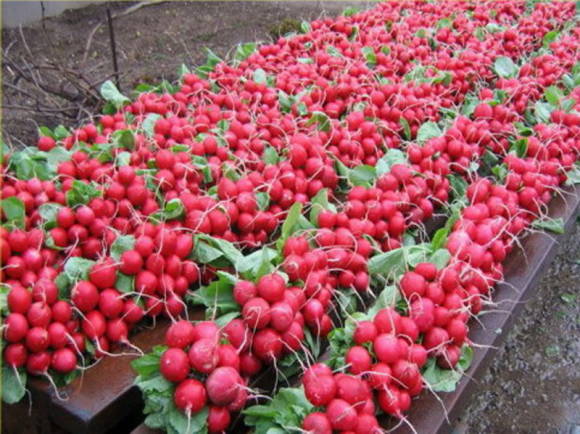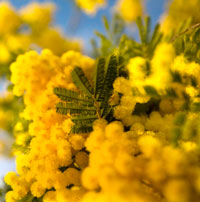I would like to share with you, dear readers, my memories of a wonderful trip across Western Canada, through the Rocky Mountain reserves, which culminated in a visit to the capital of British Columbia - the city of Victoria. This amazing garden city is located in the southeast of Vancouver Island, which is washed on one side by the Pacific Ocean, on the other it is protected from the winds by Rocky Mountains covered with forests, and above - by alpine meadows and eternal snow. The local flora is very rich. From these places came to our culture prickly and black spruce, balsamic and subalpine fir, Menzies pseudo-slug, paper birch.
 |  |
If we turn to the history of the origin of the city, then we must plunge into 1843, when it was decided to build an English outpost on the island, named after the English Queen Victoria. It was then that the settlers began to do everything so that the spirit of good old England hovered in the city, and it was reflected both in the architecture and in the general structure of the city. Victoria is also famous all over the world for its gardens and parks, the emergence of which was facilitated by the presence of a mild and even climate (in winter, the temperature is almost never below 0, and in summer - above + 20 ° C).
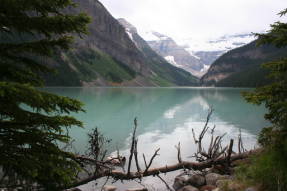 | 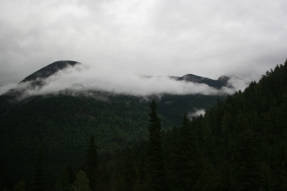 |
The most visited (over 1 million tourists a year!) Park is Butchart Gardens. The Gardens was founded by Robert Pym Butchart (1856-1943), a cement producer in Ontario. He acquired a limestone deposit near Victoria suitable for cement production and moved there with his wife Jenny, opening his new facility in 1904, the Vancouver Portland Cement Plant. I must say that the family was amazing. Jenny correctly appreciated Victoria's wonderful climate and became interested in gardening. They traveled a lot around the world, bringing seeds and seedlings of various plants from different countries for their garden. Mr. Butchart became interested in ornithology and from his trips began to bring a variety of decorative birds, and to equip all kinds of houses for them in the garden. He collected many different species of birds from all over the world. The garden's collections were replenished with various sculptures.
 |  |
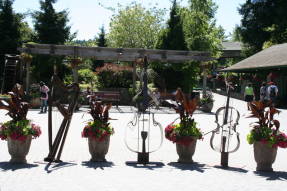 | 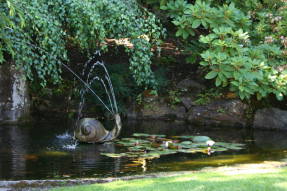 |
The meeting of Jenny Butchart with the Japanese designer Isaburo Kishida in 1908 was crucial for the formation and development of the garden. Under the leadership of Kishida, the garden on the coast near the Butchart house acquires the features of a landscape park, in accordance with all the canons and rules of gardening art. The first was the Japanese Garden. In 1909, Jenny decides to create the Sunken Garden on the site of the mine, and turns the gloomy quarry into a fairy tale! True, it took more than one year to implement this plan, and it appeared in full glory only in 1921.
In 1926, on the site of tennis courts, the Italian Garden was already adorned, and in 1929 a magnificent Rose Garden was laid out on the site of a vegetable garden. He is still a special pride, because More than 117 varieties of hybrid tea roses, 400 varieties of grandiflora, 64 varieties of floribunda and climbing roses grow on more than 22 hectares.
In those years, the Butchart family called their gardens "Benvenuto" (translated from Italian - "Welcome"). But gradually the gardens gained immense popularity as the Butchart Gardens and remained under this name forever, gaining worldwide fame. In memory of the factory, which was still functioning to some extent until 1950, there is an old chimney that is clearly visible in the photographs. For the anniversary of their founding in 2004, the gardens received the status of a National Historic Landmark of Canada.
 | 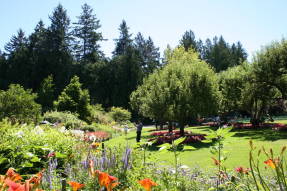 |
We can only admire how the hobby of the extraordinary and talented Jenny, with the support of her husband, turned into a passion and family business, glorifying their brainchild all over the world. After Jenny's death, their grandson Jan Ross and his wife took care of the gardens, who also contributed to the common cause.A café and a shop with souvenirs and plant seeds were opened. In 1954, summer lighting appeared in the gardens, which made it possible to walk through them at any time of the day. The family tradition is continued by Jenny's great-granddaughter, Robin Lee Clark. 50 professional gardeners take care of more than a million garden plants, it is thanks to their efforts that you can come there at any time of the year, because the plants are selected so that you can always see something blooming and interesting. It is no exaggeration to say that the gardens have become the national pride of Canada.
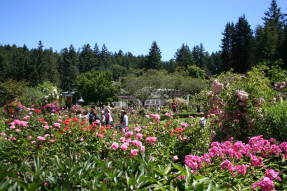 | 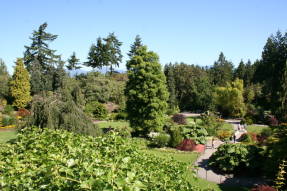 |
I visited this garden in July and was fascinated by the abundance of blooming roses, which not only grew, but participated in the formation of fancy fences, fences, gazebos in combination with other plants. I was also struck by the blooming begonias and fuchsias of various varieties, there was a sea of them and they looked fresh and bright.
All sorts of birds were singing around, whimsical fountains murmured, and the trees were so beautifully and harmoniously combined that the beauty they saw was simply breathtaking! And ... the dream remained to visit here at the time of festivals and fireworks, to see all this splendor again ...
























